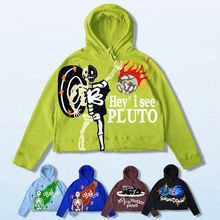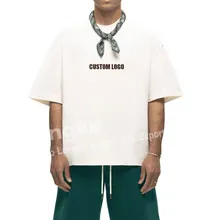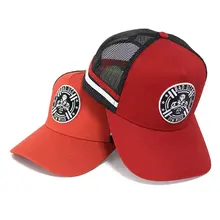Sustainable materials play a pivotal role in the realm of second-hand fashion, offering a pathway to a more eco-conscious wardrobe. Among the myriad of options, organic cotton stands out, cultivated without harmful pesticides and synthetic fertilizers, significantly reducing water and energy usage. Recycled cotton, another eco-friendly contender, utilizes post-consumer and post-industrial waste, circumventing the need for new cotton farming and diverting textile waste from landfills.
Hemp fabric is celebrated for its minimal environmental impact, thriving without excessive water or chemicals and purifying the soil by removing toxins. Its carbon-negative nature, absorbing more CO2 than it emits, makes it a champion of sustainable fashion materials. Similarly, linen, derived from the flax plant, boasts a low-impact cultivation process, requiring scant fertilizers or pesticides, though its more specific climate requirements render it less abundant than hemp.
Bamboo linen, sourced from certified forests and processed mechanically rather than chemically, offers a sustainable alternative, growing rapidly without the need for chemical inputs. Cork, harvested without harming the tree, acts as a carbon sink while supporting diverse ecosystems. Synthetic fibers made from recycled materials present options with a sustainable twist, repurposing waste into new fabrics, though they still pose challenges like microplastic release. Lastly, lyocell, a form of rayon, has gained popularity for its eco-friendly manufacturing process, using renewable wood sources and closed-loop production methods.













































 浙公网安备 33010002000092号
浙公网安备 33010002000092号 浙B2-20120091-4
浙B2-20120091-4